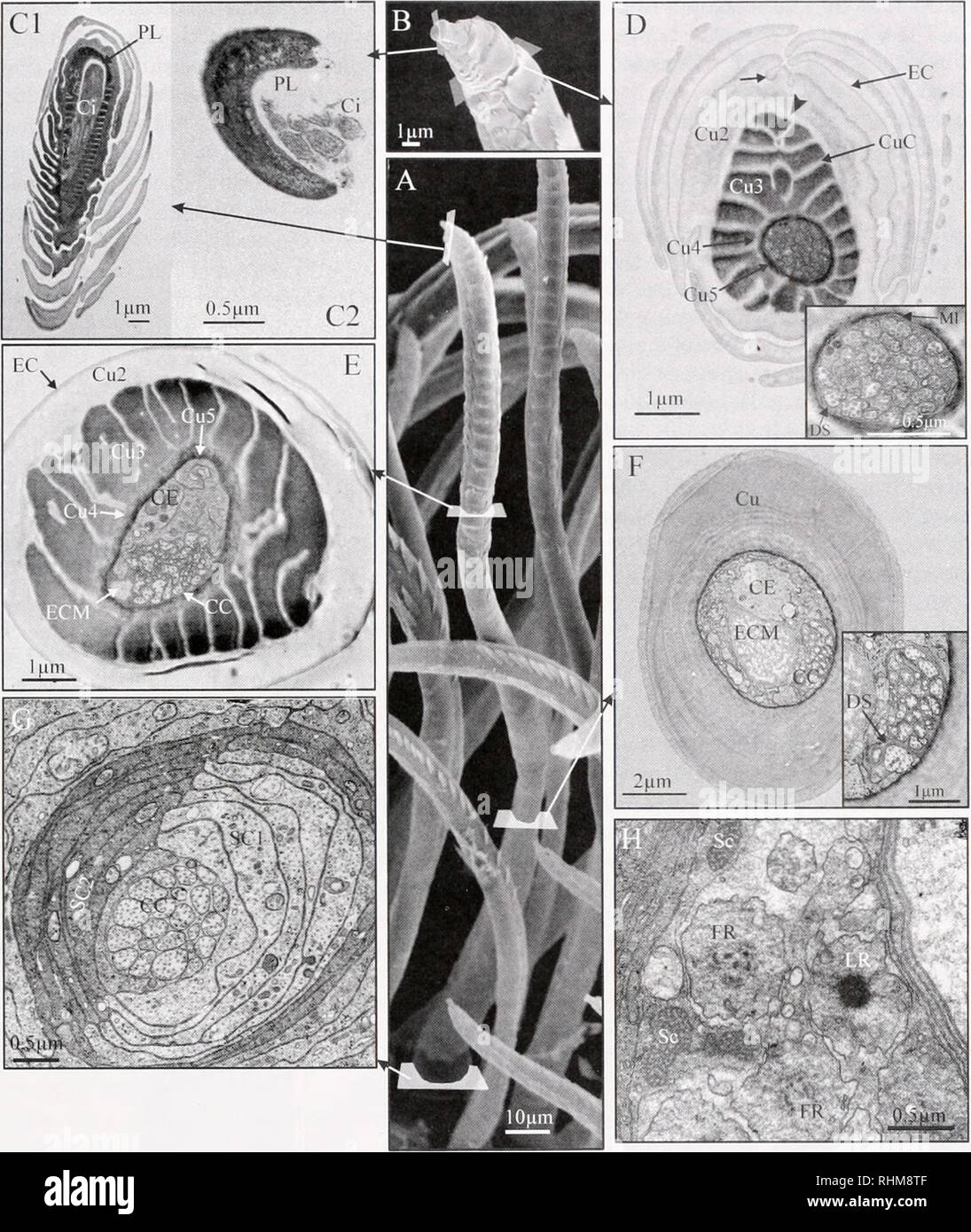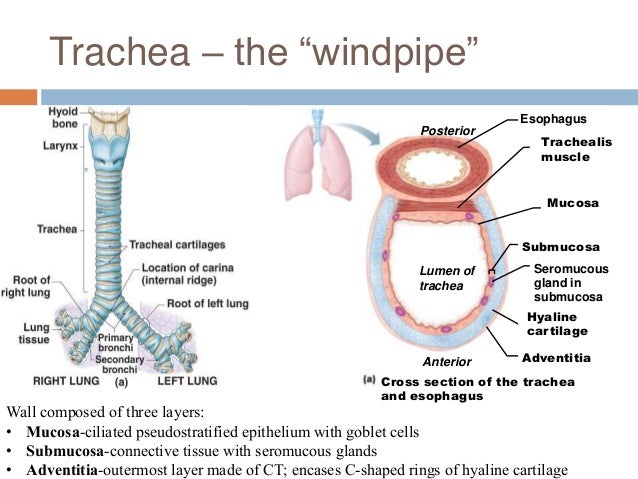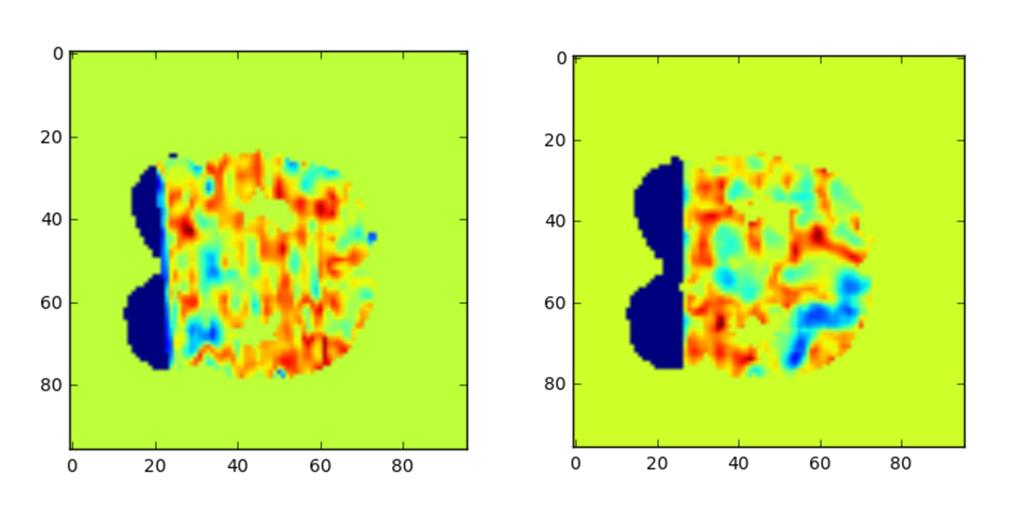

The nucleotides combine with each other to form a polynucleotide, DNA or RNA.

Other types of RNA-like rRNA, tRNA, and microRNA-are involved in protein synthesis and its regulation.ĭNA and RNA are made up of monomers known as nucleotides. This intermediary is the messenger RNA (mRNA). The DNA molecules never leave the nucleus but instead use an intermediary to communicate with the rest of the cell. The other type of nucleic acid, RNA, is mostly involved in protein synthesis. DNA controls all of the cellular activities by turning the genes “on” or “off.”
#LUMEN LEARNING BIOLOGY CODE#
Many genes contain the information to make protein products other genes code for RNA products. A chromosome may contain tens of thousands of genes. In eukaryotic cells but not in prokaryotes, DNA forms a complex with histone proteins to form chromatin, the substance of eukaryotic chromosomes. The entire genetic content of a cell is known as its genome, and the study of genomes is genomics. In prokaryotes, the DNA is not enclosed in a membranous envelope. It is found in the nucleus of eukaryotes and in the organelles, chloroplasts, and mitochondria. DNA is the genetic material found in all living organisms, ranging from single-celled bacteria to multicellular mammals.

The two main types of nucleic acids are deoxyribonucleic acid (DNA) and ribonucleic acid (RNA). They carry the genetic blueprint of a cell and carry instructions for the functioning of the cell. Nucleic acids are the most important macromolecules for the continuity of life. Compare and contrast the structure of DNA and RNA.Describe the basic structure of nucleic acids.


 0 kommentar(er)
0 kommentar(er)
